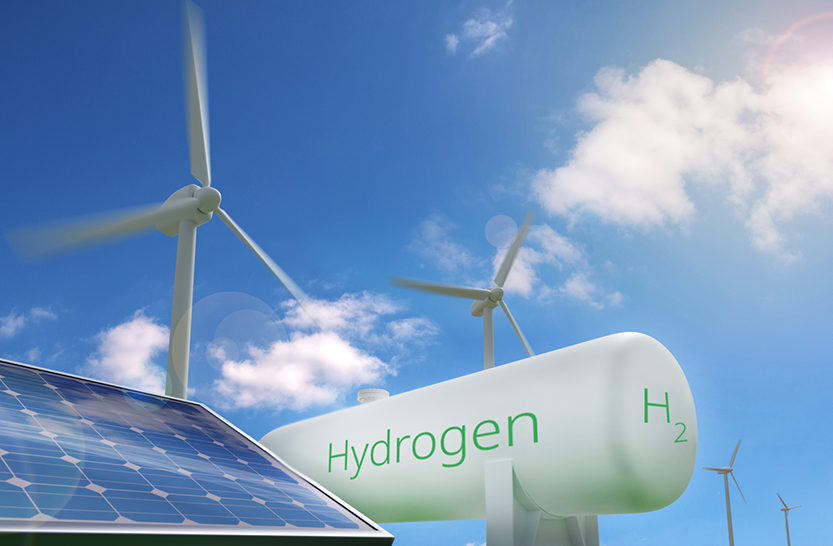Germany and Namibia recently negotiated on green hydrogen production. Their goal? To help both Germany and Europe meet their climate targets and to set Namibia on a decarbonization path.
These countries want to benefit the entire African continent. At the Hydrogen Africa conference, Dr. Stefan Kaufmann from ThyssenKrupp highlighted this. He believes developing local skills and workforce is crucial.
Germany actively promotes sustainability in Africa. They are looking at using the South African company, Sasol’s Secunda plant. Their goal is to produce e-fuels for airliners like Lufthansa and Airbus.
ThyssenKrupp is making big changes. They plan to replace traditional steel furnaces with green hydrogen technologies by 2027. Kaufmann says this shift can cut carbon emissions by 20-million tons every year.
Storing liquid hydrogen is tricky; it needs a temperature of -253 °C. But ammonia is easier to store at -33 °C. Kaufmann suggests transporting hydrogen as ammonia. He also sees a need for big crackers in Europe to extract hydrogen from it.
Demand for green hydrogen might increase seven times by 2050. Now, the world can produce 10 GW of electrolysers a year, but we need more. Kaufmann warns of a possible shortage, especially for industries.
With global focus on green energy, the collaboration between countries like Germany and Namibia looks promising.



